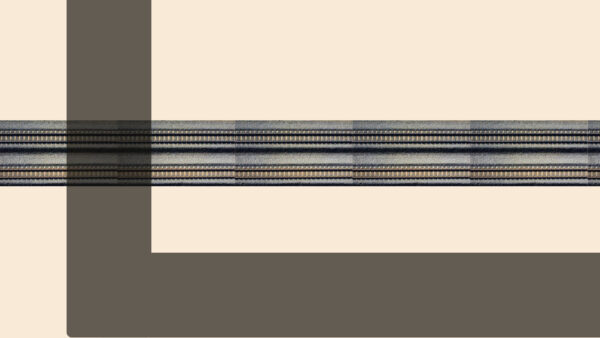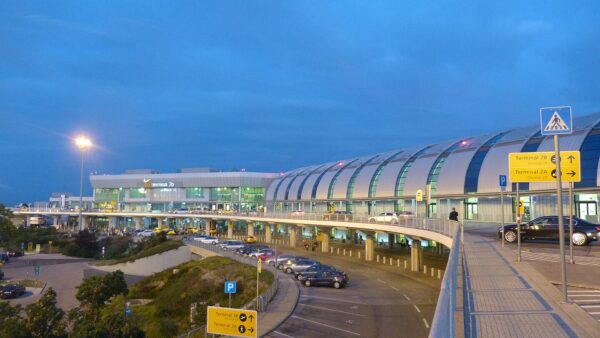
The industry’s chronic problems of poor quality, lack of skills, and stagnant productivity are often blamed on its hyper-fragmented nature, which allows those at the top to pass the cost and risk of building things ever further down long subcontracting chains to those least able to manage.
But in the UK, that state of affairs didn’t happen by itself, University of Reading professor Stuart Green tells the latest episode of the 21CC podcast.
Instead, it was incentivised by tax and national insurance policy over the years to let tier 1 contractors avoid the need to maintain a directly-employed workforce, making it easier for them to shrink in economic downturns.
This fact, Green argues in the new second edition of his book, Making Sense of Construction Improvement, has been ignored in every government-sponsored report urging the industry to “modernise” for at least the last three decades.
The idea of “modernisation” itself has been used as a kind of propaganda to deflect attention away from what really stops us improving quality, safety, and productivity, he argues.
He points out that the policy changes that gave the industry its current shape, which is dismissed now as “traditional”, were themselves touted as “modern” when rolled out from the early 1980s.
If you’ve ever wondered why all the government reports telling the industry to “modernise” never seem to change anything, have a listen to Green’s interview, starting at 20 minutes, 20 seconds.
Comments
Comments are closed.







Very few people will remember Selective Employment Tax from 1966, but that is what set the sub-contracting ball rolling.